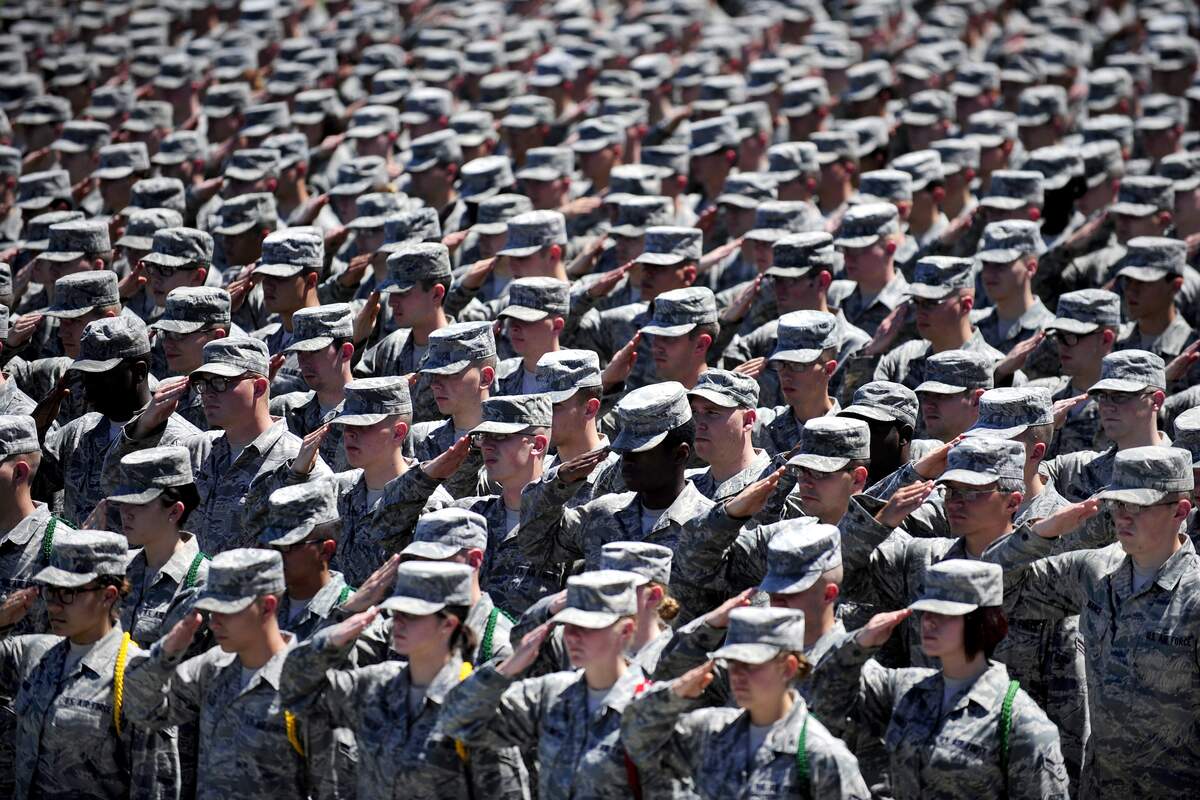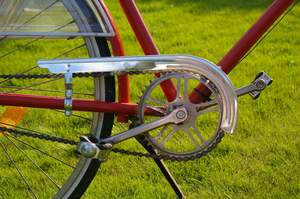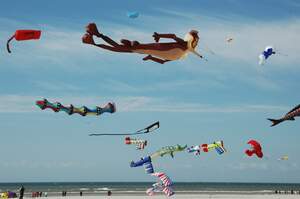

John Parker Day
John Parker, born on July 13, 1729, was a farmer, mechanic, and had fought in the French and Indian War. He was selected as the militia captain in his hometown of Lexington, Massachusetts, and it was on one fateful morning in April 1775, when events transpired that set a group of colonists on an inexorable path towards freedom or defeat, and gave Captain John Parker a spot in the history books, and his own day.
In the Spring of 1775, British General Thomas Gage had orders to seize the stores of weapons that were accessible to colonists. On April 18, he directed the weapons in Concord, Massachusetts, to be taken, and for Samuel Adams and John Hancock—who were thought to be in Lexington—to be captured. John Parker received warning of the British approach, after Paul Revere and William Dawes had stopped in Lexington during their midnight ride.
Early on the morning of April 19, Parker brought together about 70 volunteer militiamen on the Lexington Green. He told his men to let the British pass, and not to fire on them unless they themselves were fired upon. He reportedly said, "Stand your ground. Don't fire unless fired upon, but if they mean to have a war, let it begin here."
At about 5 am, British Major John Pitcairn arrived with some British regulars—the name given to British troops. In all, about 700 British regulars were being led by Colonel Francis Smith to look for weapons in Concord. Pitcairn and a contingent went ahead to Lexington, before Smith and the rest of the troops arrived. Pitcairn had orders not to engage the militiamen, just as they had been ordered not to engage him.
It is not exactly known how the fighting started and who fired the first shot—the shot that began the American Revolution and would become known as "the shot heard around the world." Eight militia were killed and ten were wounded, but no British regulars were killed, while one was wounded.
But that was not the end of the days' fighting. The British went on to Concord and destroyed the military supplies, but they were met there by militiamen who inflicted casualties upon them. As the British regulars were returning to Boston, marksman shot at them from behind trees and stone walls—these were tactics that the militiamen had learned from Native Americans. The British were then once again engaged by Parker and his men, who also used these tactics, killing several British soldiers. Eventually, Parker's men were stopped, but not before the British suffered many losses. This second engagement involving the Lexington militiamen, known as "Parker's Revenge," is not as well known as the earlier battle of the day.
By the time the British had returned to Boston, they had 300 dead, wounded, or missing troops. Less than 100 Patriots had fallen to the same outcome. The American Revolutionary War had begun, but Captain Parker did not live to see his country become free. Since even prior to the Battle of Lexington, he had been dying from consumption, which was the term for tuberculosis at the time. He succumbed to his illness on September 17, 1775.
How to Observe John Parker Day
Commemorate John Parker and the Battles of Lexington and Concord by visiting the Minuteman National Historical Park. There is a statue on the Lexington Battle Green that represents militiamen in general but has come to represent John Parker. Besides visiting the statue you also could see the Line of the Minute Men Memorial, on which are engraved the words reportedly spoken by John Parker before the battle began. John Parker's cenotaph is also nearby and could be visited. If you can't make it to Lexington, you could read a book about the battle, or watch the made-for-TV movie April Morning.





















